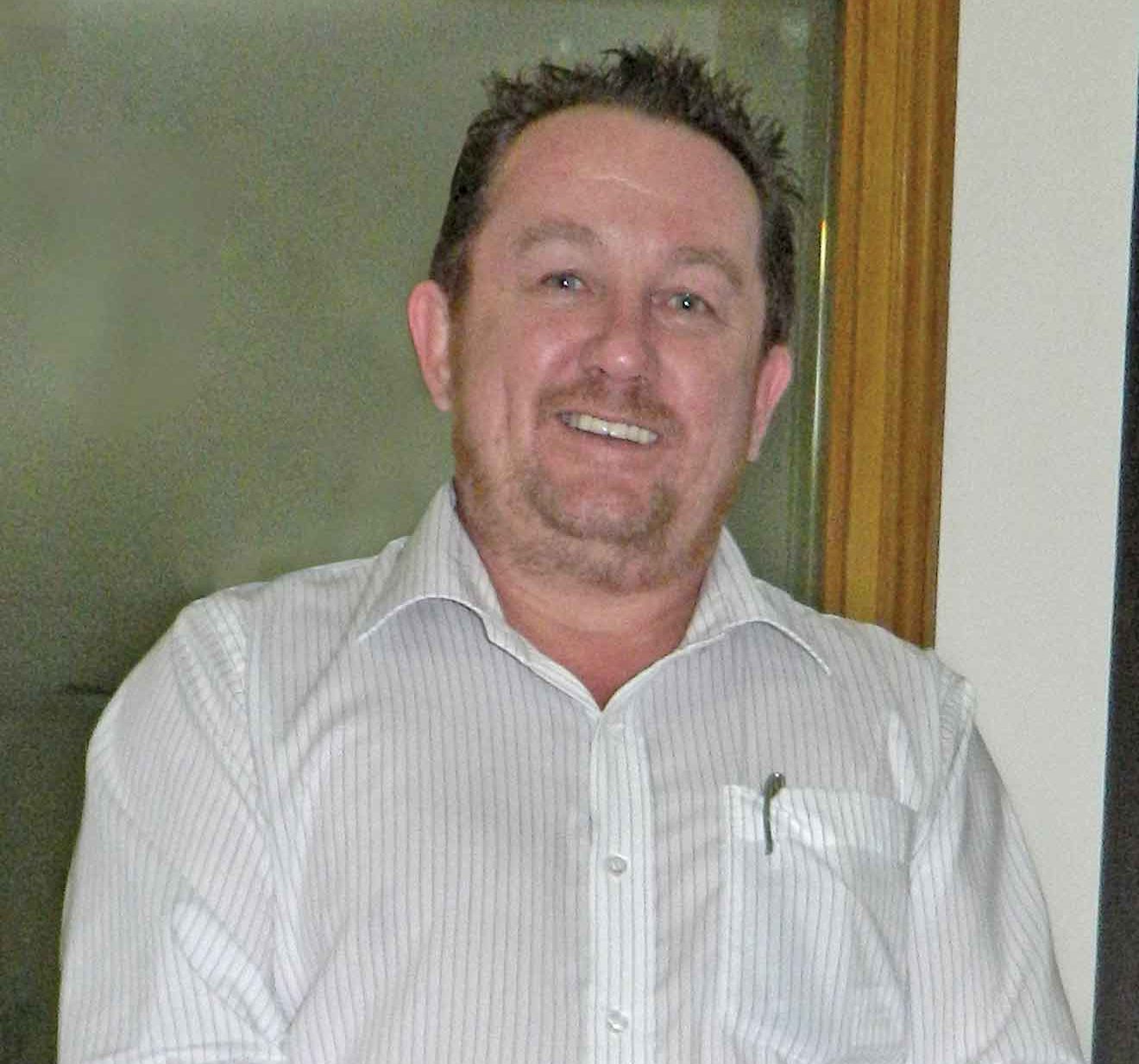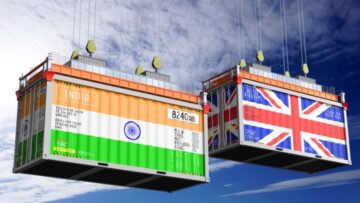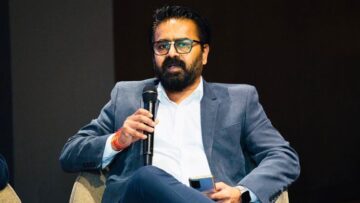
Years of history behind the prestigious school uniform and sportswear supplier Trutex makes the UK-based enterprise an institution in itself, looked upon by not only its customers and clients for quality but more often by its vendors and associated suppliers for upgrading their individual manufacturing facilities and systems for sustenance in the competitive world market. This history has been built upon the company’s ethical and quality-oriented approach, with focus on manufacturing products that are actually passed on from generation to generation. These kinds of expectations put a big onus on the present management to sustain the same, making it necessary to have not only skilled but dynamic personnel at its key sourcing locations, namely China, Indonesia and Bangladesh, for ensuring adherence to the company’s philosophy and thought-process as a sourcing agency… Who can know better than Stephen Woolley, Country Manager of Trutex Bangladesh having nearly 3 decades of experience in the global apparel manufacturing industry…
Stephen started his career as a sewing machine mechanic in UK and since then has risen to hold several key positions in various apparel manufacturing and sourcing firms in UK, India, Russia, Turkey and Morocco. In an exclusive interaction with Apparel Online, Stephen highlights his key interventions done at the operational level for not only ensuring the quality of the end-product but also the manpower utilization and quality of deliverables…
Supplying uniforms and sportswear to schools and colleges all over Europe, Trutex started its operations in Bangladesh more than 10 years back, majorly sourcing formal trousers, polo T-shirts and other knit products from the country. “Uniforms rarely change in terms of the construction; only the colours, dimensions and embroidery patterns change. Most of the retailers we are working with in UK are small independent businesses,” says Stephen. Polo T-shirts embroidered with the name of the school hold a major share of the company’s product basket but some are also shipped without any embroidery for made-to-order embroidery purposes back in the company’s UK office, on which Trutex offers a quick turnaround time of just 5 days to its customers.
Presently the company sources approximately 4 million garments in total annually, from a handful of experienced and established vendors. “We start placing orders in October-November and it peaks up to May-June, which is a really busy time for us. Then it starts dropping down towards September, when we are delivering our shipments to the customers,” informs Stephen.
Effective Communication and Manpower Utilization – Stephen’s focus area

Having the highest regard for precise, clear and simple communication, irrespective of a person’s job profile or responsibilities, Stephen shares, “In my over a year tenure as the country manager, my major focus has been on information exchange with our UK office, under which I have made a lot of procedures and systems both within our office in Bangladesh and also at our vendors end.” Coming from a shop floor (manufacturing) background and having a much more technical approach, Stephen claims to tackle problems in a different manner compared to someone who has only worked in managerial positions. “People tend to write books when the job can be done by writing a line; so presently I have been engaged in breaking down and simplifying emails, making my people do relentless follow-ups with the vendors not over email, but rather over phone and recently we have increased the use of Skype in our interactions with our vendors and with our UK office as per a weekly conference call schedule,” explains Stephen. Due to such small-small interventions the company has eased out issues that used to arise in sourcing of fabric and other raw materials, he explains.
Under the same initiative, internal communications at the vendors’ facilities in terms of the needle procedures, machine settings, quality checking procedures and compliance related aspects have been well displayed for the workers to interpret and follow. “All these operating procedures are very important for us as we are making apparels for kids, and the tolerance levels are much more stringent compared to other sewn products,” avers Stephen. Moreover, the company has zero tolerance towards outsourcing and is always working towards making its vendors more sustainable and compliant. Recently Trutex organized a safety-oriented training program with Underwriters Laboratories (UL) for its QA team.
Another intervention taken by Stephen has been the downsizing of manpower in Trutex’s Bangladesh office. “It’s just about practicing what we preach and not becoming a postman for our UK office,” adds Stephen. Presently the office has got just three QAs and three merchandisers, which are very gainfully and efficiently employed by Trutex, unlike most of the other buying office who are over-populated as compared to their revenue generation. “Most of the companies are swarmed with expats, but we have to understand that you can’t have an expat in every position as you have to train local people sooner or later. They have got the skills and the education, you just have to take things in your hands and train them correctly,” believes Stephen.
Quality Control starts from the fabric
Stephen asserts that the products retailed by Trutex are at the premium end of the market compared with those offered by supermarket brands, but that quality is also in a different league. “We import yarn for the sweaters, fabrics for our shirts and threads for embroidery, we use higher GSM fabrics for our polo T-shirts. So we really do base ourselves on quality and when you have a one-to-one relationship with your customers, the quality has to be there, as people rely on us,” reasons Stephen. The company relies on Delta-E readings of fabric lab dips for ensuring the colour matching with the sample sent to the vendor for the same. Delta-E reading is an electronic way of monitoring the colour of the fabric and guarantees the maximum accuracy far greater than the human eye. “For ensuring perfect matching of dyed fabrics, we do not rely just on the Delta E readings, rather balance it with the lab dips and bulk fabric approvals. Fabrics have been rejected by us even when the Delta-E readings were alright as the colours were not matching according to the human eye,” shares Stephen.
Delta-E readings is one of the many interventions undertaken by the company for ensuring highest level of fabric quality; tests for washing fastness, colour fastness, wear & tear resistance and stain resistance are also conducted by the company. “If the fabric is right, 50% of your quality is already in place,” believes Stephen. Trutex sources woven fabrics from nominated suppliers in Indonesia while polyester fabric for trousers is sourced from India. When asked about inventory management, he adds, “You can’t have the fabric too early, because the factory is sitting on capital as fabric is money. So if we import our fabric one month early, then it is as bad as being one month late. This precision in the inventory can only be achieved through planning.”
One of the major advantages that the company has in its operations is the product standardization, due to which a significant share of the approvals are not required because they have already been approved previously when the style was first manufactured. “The advantage of product standardization is also enjoyed by our vendors as they are well informed of our standards, critical operations and quality issues that can arise, so they are able to manage it better. Even the style changeover time is greatly reduced as the competencies of each manufacturing facility have been built up by technical people visiting them regularly from our UK office.” However, this doesn’t make his job any easier. Stephen shares an example, “When I was in India, we were doing a basic vest for six to seven months at a stretch about a million of these, and every month the QAs would come for a regular quality audit. Before each visit I would remind my team to get ready for the same and as people are, with the passage of time they became complacent, and I was told to relax for these audits by my juniors. So I kept mum for the time being and to everyone’s surprise we failed the next audit only due to small defects, which were signs of carelessness and complacency. This is the biggest danger because if you keep introducing a new style everybody will remain focused. For a style which has been continuing for such a long time, you have to be more focused else people become complacent.”






